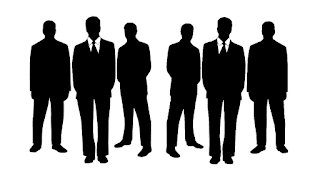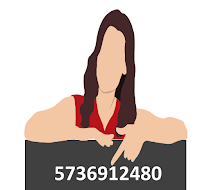The Logical Lie Detection - Puzzle
Three Paley brothers and three
Thomson brothers operate a company that manufactures lie detectors.
Three of these six men always tell the truth, and three always tell
lies; neither set of brothers consists exclusively of liars.
Some
recent statements from the six men are recorded below.
Can you find the
six men's full names, and tell which men tell the truth and which tell
lies?
1. Alan: "Both my brothers tell lies."
1. Alan: "Both my brothers tell lies."
2. Boris: "Both my brothers tell the truth."
3: Chuck: "Alan and Boris are both liars."
4. Dalman: "Chuck and I are brothers."
5. Edwin: "Boris and I are brothers."
6. Finney: "Edwin tells the truth."





